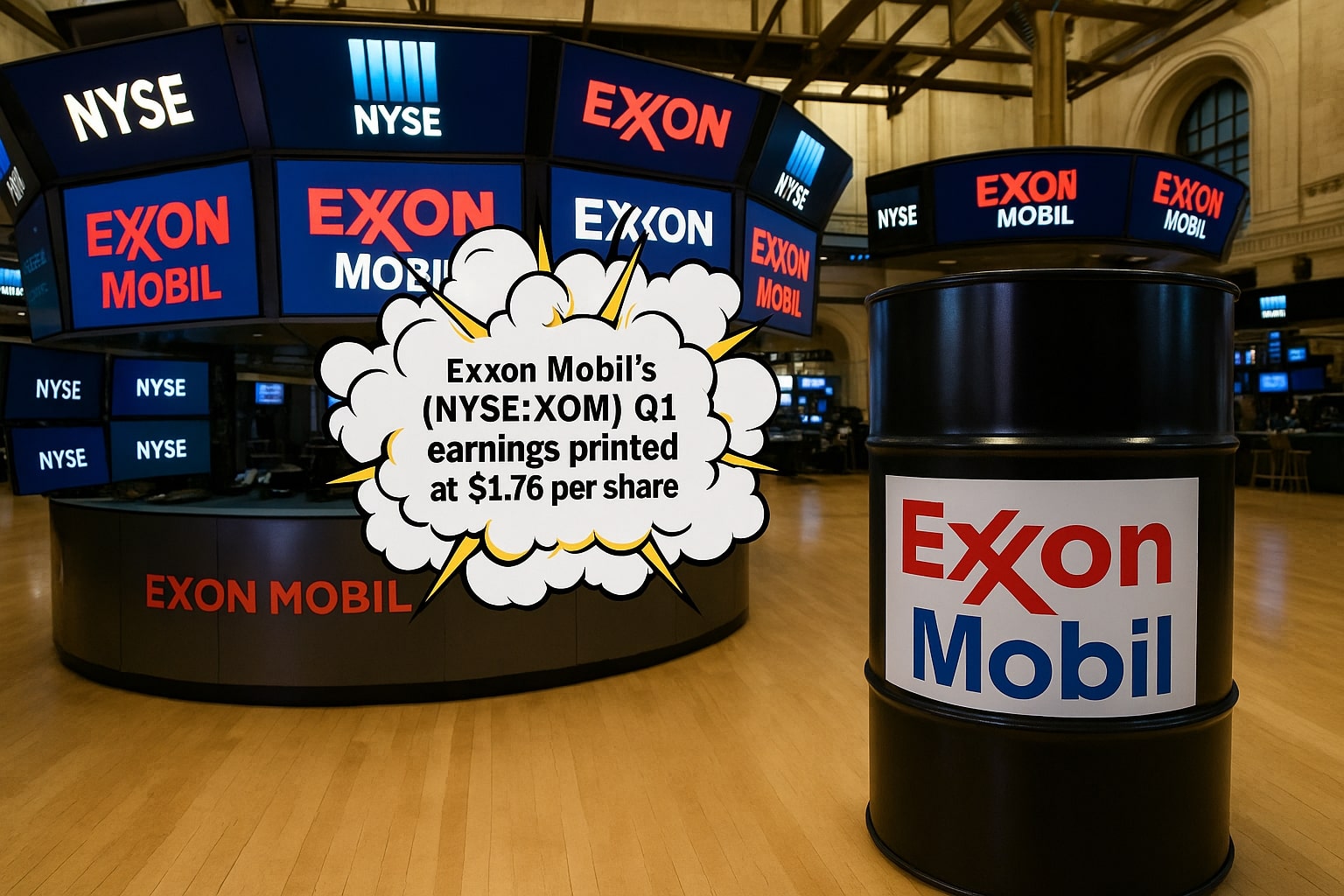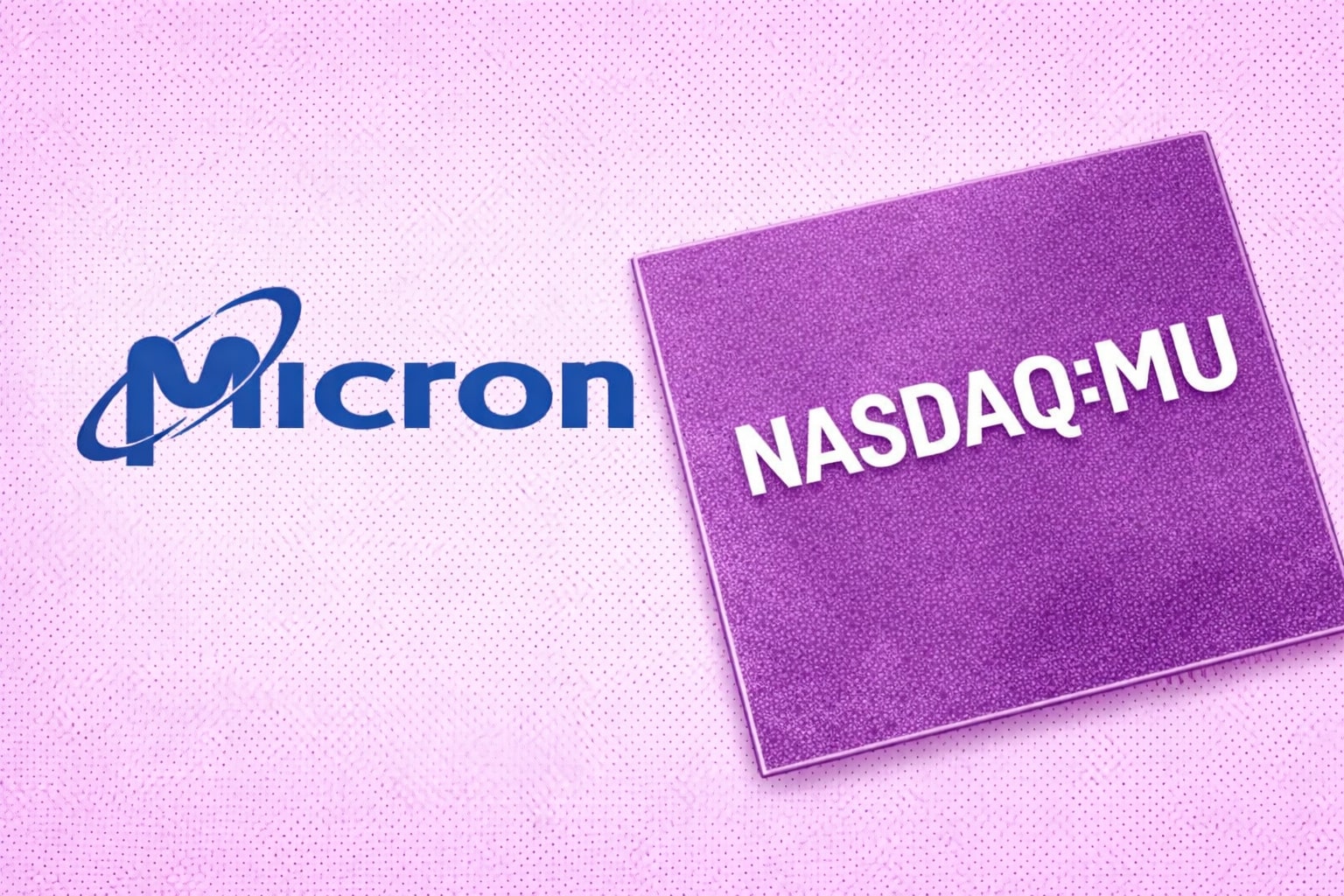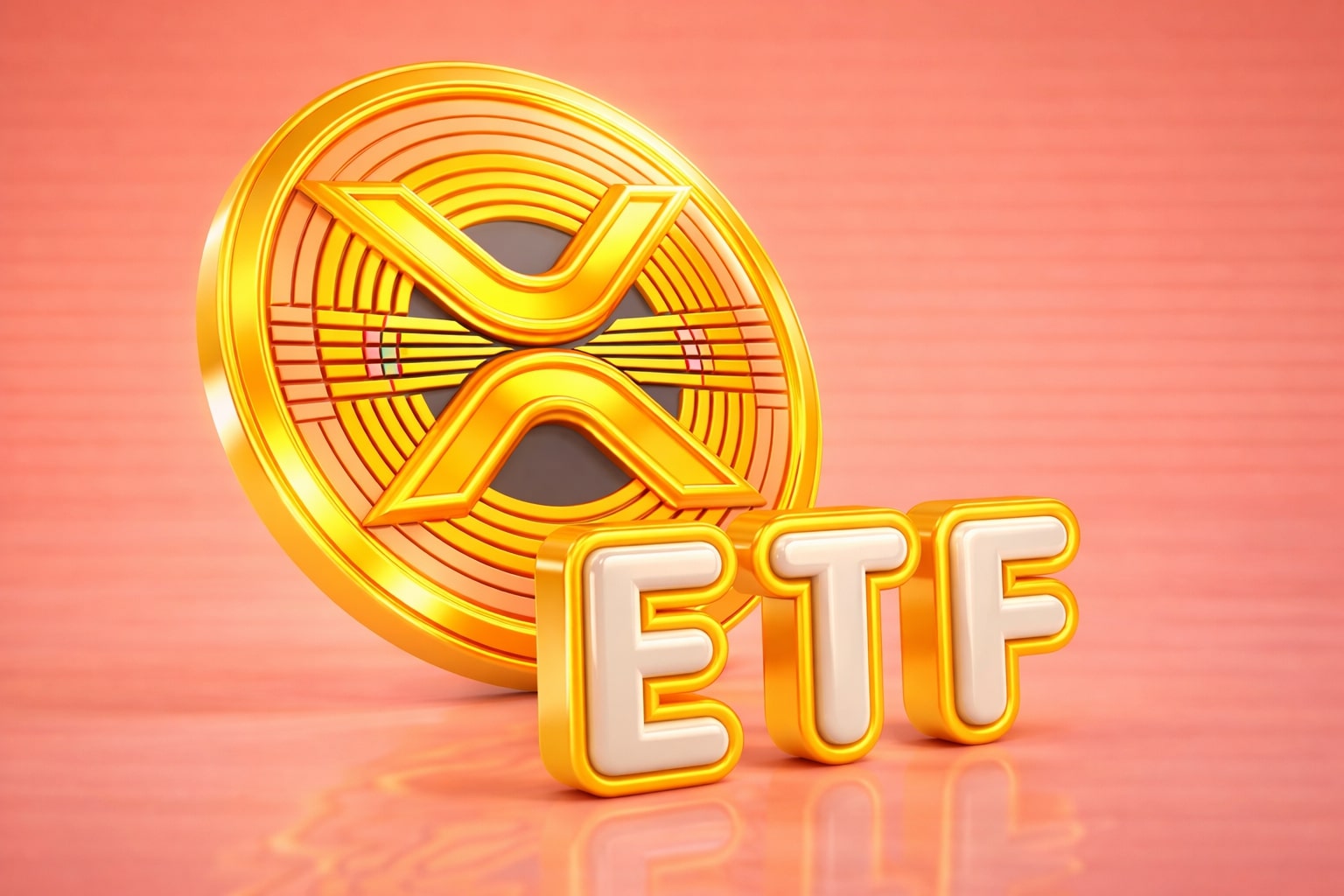
Exxon Mobil (NYSE:XOM) Stock Analysis: Buy the Oil Giant at $113?
Guyana Profits, Pioneer Synergies, and $10.5 EPS Target Fuel XOM Bull Case | That's TradingNEWS
Earnings Pressure and Shifting Expectations Drive Mixed Sentiment for NYSE:XOM
Exxon Mobil's (NYSE:XOM) Q1 earnings printed at $1.76 per share, trailing the $2.06 posted in the same quarter a year earlier. While revenue held steady at $83.1 billion, the decline in profitability triggered a cascade of earnings revisions, with analysts lowering forecasts by -6.6% for the current quarter and -1.3% for full-year EPS. Consensus now targets $6.11 for 2025, a -21.6% drop from the previous year, while 2026 projections point toward $7.15, suggesting a 17.1% rebound—if execution and pricing conditions cooperate.
The negative revisions and corresponding Zacks Rank 3 (Hold) underscore a market environment that remains cautious despite underlying operational resilience. Over the past 30 days, only 2 analyst upgrades were registered against 22 downward revisions. This sentiment drag contrasts sharply with Exxon’s 11.3% share price rally over the last month, outpacing both the integrated energy sector (+8.8%) and the broader S&P 500 (+0.5%).
Geopolitical Volatility Sets the Stage for Upstream Windfalls
With over 70% of Exxon’s earnings tied to upstream oil production, the current geopolitical flashpoints—in particular, the escalating Iran-Israel conflict and threats to the Strait of Hormuz—have real pricing implications. JP Morgan now suggests oil could surge toward $120 per barrel under worst-case scenarios. Brent has already rebounded to $71.43, while WTI stands at $68.46, both down from recent highs but still within range of substantial profit margins for Exxon’s upstream portfolio.
Exxon’s Middle East exposure may not be direct, but the company is uniquely positioned to benefit from rising global benchmarks. The Guyana asset, which recently posted a 64% profit increase, and the fully absorbed Pioneer acquisition solidify Exxon’s footprint in cost-advantaged regions. These plays not only scale output but elevate the company’s risk-adjusted returns should crude rally beyond $80 again.
Integration of Pioneer Deal Unlocks U.S. Shale Dominance
The 2023 acquisition of Pioneer Natural Resources gives Exxon a multi-decade low-cost shale inventory in the Permian Basin. This asset anchors its upstream CAPEX strategy and strengthens its position against Chevron and ConocoPhillips, which face cost headwinds. Exxon’s ability to integrate Pioneer cleanly is essential—not just for volume uplift but for achieving projected EPS growth. Analysts estimate EPS could reach $9.50 by 2027, a 45% gain from 2025 consensus.
Debt rose to $37.6 billion post-acquisition, but with $17 billion in cash, the balance sheet remains resilient. EBITDA of $73 billion covers long-term debt five times over, affirming capital flexibility. Net margin near 10% and EBIT margin around 12% remain strong, though they’ve narrowed due to depreciation and integration costs.
Valuation Anchored by Fundamentals, Not Optimism
Exxon trades at 14.9x trailing P/E, with a forward multiple near 17x. Its EV/EBITDA of ~8x aligns with peers, but Exxon edges out competitors on return metrics—14% ROE versus 10% for Chevron and under 8% for Shell. Price-to-book of 1.85x is not bargain-bin, but it reflects Exxon’s superior asset mix and cash flow durability.
Graham Number analysis places Exxon’s intrinsic value in a $103 to $134 per share range, depending on 2026 EPS realization. Assuming the high-end forecast of $11.85, the Graham Number jumps to $127.48, with a 10% upside surprise lifting it toward $133.71. These valuations imply the market is not fully appreciating potential cash flow expansion from Guyana and Pioneer if oil stabilizes or climbs.
Dividend Durability Reinforces Long-Term Appeal
Exxon pays an annualized dividend of $3.96, translating to a yield of roughly 3.5%. Despite a softer free cash flow profile post-acquisition, the payout is still covered at a 61% ratio—manageable even under flat oil pricing. While dividend hikes appear unlikely near-term, share buybacks remain active, allowing Exxon to return capital without overleveraging.
With 26 consecutive years of dividend increases, Exxon holds Dividend Aristocrat status. The company’s strong cash profile and capital discipline make the current yield reliable, even amid integration costs and geopolitical headwinds.
Quant Scores Flash Buy, Retail Still Behind
Quantitative models have flagged Exxon as a Strong Buy since May, with momentum building in parallel to rising oil prices and geopolitical volatility. Retail investors are just now reacting, whereas institutional desks appear to have front-run the move earlier this quarter.
Exxon’s relative strength in upstream performance and advantaged LNG positioning underscores the algorithmic case for upside. LNG demand, driven by data center growth and EV infrastructure, represents a long-term bull case independent of Middle East unrest.
Legal and Policy Headwinds Create Fog
Legal risk remains one of the most significant overhangs. Exxon is under fire in several U.S. states for climate-related claims, and pending Supreme Court hearings could set precedent for future ESG liability. The company characterizes these risks as remote, but even a minor adverse ruling could open the floodgates to new challenges.
Meanwhile, policy whiplash continues. Energy mandates swing wildly with elections, and climate initiatives from the EU to California complicate project timelines. Exxon’s strategy appears to hedge the regulatory curve: continue core oil investment while layering in lower-carbon ventures (e.g., ammonia, CCS, hydrogen) that appeal to future-facing investors.
Volatility Remains a Feature, Not a Bug
The sharp intraday drop of 2.58% following Middle East retaliation headlines signals just how reactive the stock remains. Exxon’s correlation to WTI spot remains high, but its diversified earnings stream provides partial insulation. For investors seeking exposure to crude upside with lower volatility than pure-play E&Ps, Exxon offers a more buffered route.
Is NYSE:XOM a Buy, Hold, or Sell Right Now?
With shares hovering near $113, Exxon offers a complex, high-optionality profile. Risks are real—legal battles, integration challenges, oil volatility—but so is upside. A plausible 2026 EPS of $10.50–$11.85 supports a fair value between $127 and $134, offering 15–20% appreciation from current levels, excluding dividends.
If oil prices hold above $75, Guyana ramps smoothly, and Pioneer exceeds synergy estimates, Exxon’s bull case stretches above $150. Conversely, a bearish unwind toward $95 would require sustained WTI weakness and negative litigation outcomes—plausible, but less probable given current macro.
This is not a swing-trade setup—it’s a deep-value energy compounder with geopolitical leverage and capital return consistency. The current setup favors Buy on weakness, with a preferred entry below $110 for maximum risk-reward.
That's TradingNEWS
Read More
-
CGDV ETF at $44.17 Targets $52 as Dividend Value and AI Leaders Drive 2026 Upside
07.01.2026 · TradingNEWS ArchiveStocks
-
XRP ETFs XRPI and XRPR: $2.20 XRP and $1.6B Inflows Drive 2026’s Hottest Crypto Trade
07.01.2026 · TradingNEWS ArchiveCrypto
-
Natural Gas Price Forecast: NG=F Rebounds to $3.48 as Market Eyes EIA Storage Shock
07.01.2026 · TradingNEWS ArchiveCommodities
-
USD/JPY Price Forecast - USDJPY=X Holds 156.6 as BoJ Hawkish Shift Collides With Fed Cut Expectations
07.01.2026 · TradingNEWS ArchiveForex


















